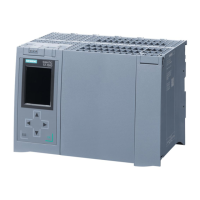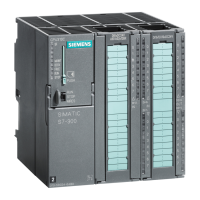2 Fundamentals on “Shared Device”
Explanation of terms
An IO device whose modules are used by different IO controllers is referred to as
“Shared Device”.
The access to the modules of the “Shared Device” is split up between the different
IO controllers. Every module of the “Shared Device” is exclusively assigned to a
particular IO controller.
Functionality “Shared Device”
The function “Shared Device” allows splitting up the modules of an IO device
between different IO controllers. Thereby, several IO controllers can access the
same IO device without CPU-CPU communication. You have the possibility, for
example, to summarize peripheral modules spatially close to one another into one
IO device.
The “Shared Device” allows you to build up an IO device from F- and default
modules and assign each module according to the F-CPU or default CPU.
Thus, the F-CPU can control a safe F-Power module for a failsafe F-shutdown
and a robot can use the default inputs/outputs in the same station.
Access of IO controllers to “Shared Device”
In the Engineering Tool via the “Shared Device” parameter of the interface module,
it can be determined to which modules the IO controller has access to:
If the local IO controller has access to the configured module, select the IO
controller’s name from the list.
If not the local IO controller but the IO controller from another project shall have
access to the configured module, select the entry “---”. If every module in just
one project is assigned to one IO controller, then access-wise, the
configuration is consistent.
If an IO controller does not have access to a module (entry “--”), the following
consequences apply:
A data exchange with the module is not possible.
Alarms and diagnostics cannot be received, meaning that in the online view,
the diagnostic status will not be displayed.
Configuring the module is not possible.
Setting the real-time properties
STEP 7 calculates the communications burden and the resulting update times. In
order to allow a calculation for “Shared Device” configurations, you need to enter
the number of project-external IO controllers into the project where the PROFINET
interface of the “Shared Device” is assigned to the IO controller. The maximum
possible number of IO controllers for the “Shared Device” is device-dependent.
This number is stored in the GSD file of the “Shared Device”. If the IO controller is
a CPU, you can set a very short send clock. The send clock can be shorter than
the shortest sending rate supported by the “Shared Device”. In this case, the
“Shared Device” will be operated by the IO controller with a send clock that it
supports (send clock adaption).

